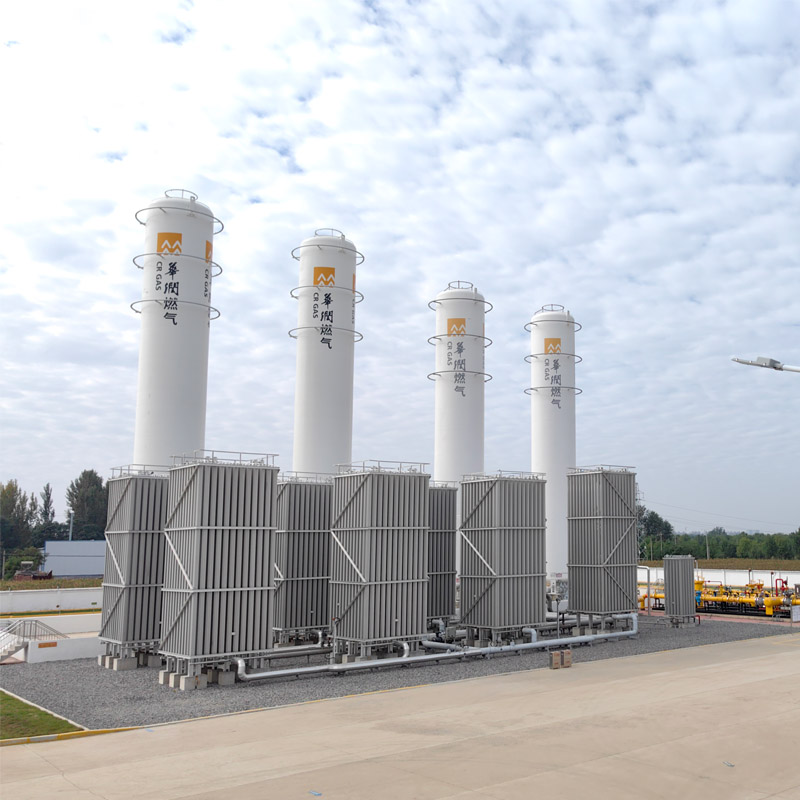
Oct . 06, 2024 20:20
Back to list
صمامات تخفيف الضغط
Understanding Pressure Relief Valves
Pressure relief valves (PRVs) are essential safety devices used in various industries to protect equipment and prevent catastrophic failures. These valves are designed to release excess pressure from a system, whether it be a steam, gas, or liquid system, by allowing a controlled release of fluid when pressures exceed predetermined limits. This article explores the working principles, types, applications, and importance of pressure relief valves.
Working Principles
The fundamental principle behind a pressure relief valve is quite straightforward. Each valve is set to open at a certain pressure threshold, ensuring that the system pressure does not exceed safe levels. When the internal pressure rises above the designated limit, the valve opens, allowing fluid to escape. This helps to reduce the pressure within the system effectively. Once the pressure returns to normal levels, the valve closes, blocking further escape of fluid.
PRVs can be operated either manually or automatically, depending on the system's design and requirements. Automatic valves are the most commonly used due to their reliability and ability to respond instantly to pressure changes, thereby maintaining safety without requiring human intervention.
Types of Pressure Relief Valves
There are several types of pressure relief valves, each suited to specific applications and operating conditions
.
2. Pilot-Operated Relief Valves These valves use a smaller control valve (pilot) to manage the operation of a larger main valve. This type can handle larger flow rates and is often used in high-pressure systems.
صمامات تخفيف الضغط

3. Vacuum Relief Valves These valves allow air to enter a closed system to prevent vacuum conditions that could lead to collapse or damage.
4. Safety Relief Valves These valves can handle liquid and gas applications and are designed to prevent overpressure situations by releasing both fluids and vapors.
Applications
Pressure relief valves find applications in numerous sectors, including
- Oil and Gas Protecting pipelines, refineries, and storage tanks from overpressure due to system fluctuations or failures. - Chemical Processing Ensuring reactors and storage vessels do not exceed safe pressure levels. - Power Generation Used in boilers and steam systems to regulate pressure and enhance safety. - Manufacturing Protecting equipment such as compressors and pumps in various production processes.
Importance of Pressure Relief Valves
The significance of pressure relief valves cannot be overstated. Their primary role is to ensure safety by preventing overpressure conditions, which can lead to equipment failure, leaks, or even catastrophic explosions. Regular maintenance and testing of PRVs are crucial to ensure they operate effectively when needed.
Moreover, regulatory bodies in many industries mandate the use of pressure relief valves to enhance safety protocols and protect both personnel and property. Failure to comply with these regulations can result in severe penalties and increased liability risks.
In conclusion, pressure relief valves are vital components in maintaining safety and efficiency across various industries. Understanding their functionality, types, and applications is essential for anyone involved in system design, maintenance, or operation. As technology continues to evolve, so too will the capabilities and designs of pressure relief valves, ensuring they meet the growing demands of modern industrial processes. Proper integration and management of these devices can save lives, protect investments, and prevent environmental disasters.
Next:
Latest news
-
Safety Valve Spring-Loaded Design Overpressure ProtectionNewsJul.25,2025
-
Precision Voltage Regulator AC5 Accuracy Grade PerformanceNewsJul.25,2025
-
Natural Gas Pressure Regulating Skid Industrial Pipeline ApplicationsNewsJul.25,2025
-
Natural Gas Filter Stainless Steel Mesh Element DesignNewsJul.25,2025
-
Gas Pressure Regulator Valve Direct-Acting Spring-Loaded DesignNewsJul.25,2025
-
Decompression Equipment Multi-Stage Heat Exchange System DesignNewsJul.25,2025

